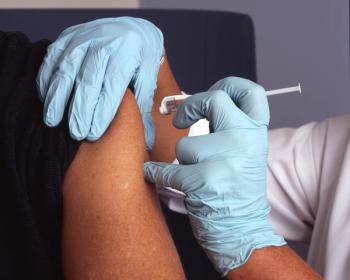
MN titers showed a striking increase after just 1 dose in experienced subjects.

COVID-19 has further highlighted the need for innovative models that minimize face-to-face contact in HCV treatment.

ViiV Healthcare’s investigational therapy, GSK’254, demonstrated antiviral activity, safety, and tolerability in its phase 2a proof-of-concept findings.
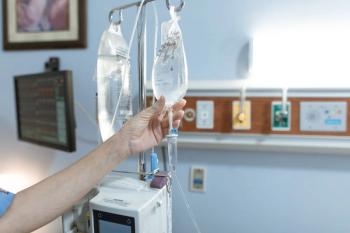
Convalescent plasma treatment was found not to improve survival or disease course in the patient group.

Gut microbiome is known to release enzymes that degrade plasma glycans which regulate inflammation.

With the highest HIV incidence rate in this part of the country, the need to get people from diagnosis to timely antiretroviral therapy (ART) remains an urgent need.

New research from the Emerman Lab at Fred Hutchinson shows potential for advancing HIV-1 life cycle understanding.

Presented at CROI, investigators have identified sex-modified inflammatory predictors of cardiovascular and VTE risks among patients with HIV.

Merck has developed its investigational islatravir subdermal implant for prevention of HIV infection, and it is going to be studied for a long-term delivery of up to 1 year.

14 weeks of oral alendronate taken prior to ART had a sustained impact on prevention of bone loss at the hip.
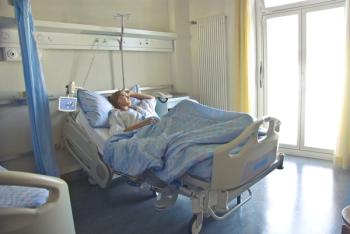
Increased hospitalization risk was driven mainly by the high burden of comorbidities in both groups.
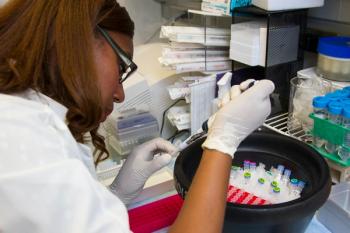
Change was associated with risk factors that have not been reported like chronic lung disease.

Merck’s islatravir subdermal implant demonstrated it achieved active drug concentrations above the pre-specified pharmacokinetics (pk) threshold at 12 weeks across three doses.
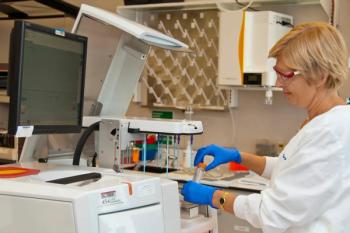
People with HIV had similar control of most conditions except for triglycerides.

Evaluating the impact of the SARS-CoV-2 virus on hospitalized patients.

CalciMedica has developed Auxora, a calcium release-activated calcium (CRAC) channel inhibitor, and it has shown it can reduce the levels of D-dimer, a key biomarker associated with COVID-19 mortality.
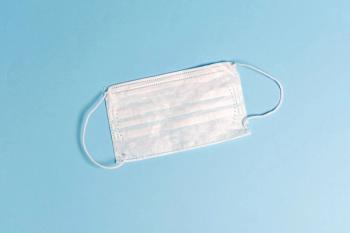
Do people of varying age groups look at wearing a face mask differently?
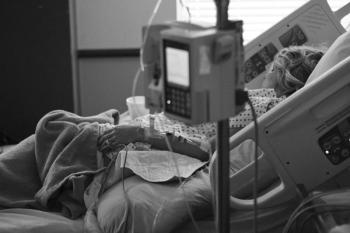
Patients with severe COVID-19 experienced positive benefits reducing mortality and intubation rates when using the therapy along with Decadron and convalescent plasma.
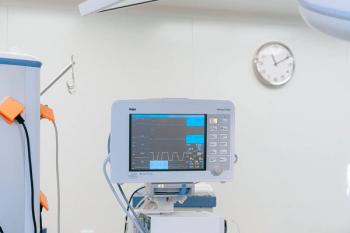
Tele-intensivists working overnight can cover several patients, allowing the daytime intensivists more rest, decreasing the likelihood of burnout.

We asked a simple question to our IDWeek experts: has COVID-19 taken attention away from any greater infectious disease issues?

Why it may be more prudent for prescribing clinicians to assume viral, rather than bacterial, infection while awaiting test results in presenting pediatric cases.

The presenting IDWeek author discusses the implication of promising phase 3 data for a new HBV vaccine.

New data may evidence oral care as a therapeutic measure to reduce bacterial and viral spread.

The hospital found just 2 cases in their first 12 weeks were borne in the facility. A study author provides insight.

A cross-specialty collaboration to mitigate inpatient cases of opioid use disorder has had early success; developers want to grow it.

An investigator shares detail into how the neutralizing, immune-signaling molecule may provide continued success against the virus.

Ravina Kullar, PharmD, MPH, reflects on rapid advances in COVID-19 treatment understanding during IDWeek 2020.

New data suggest collaboration between hospital prescribers and stewardship teams is still not perfected.

New data show the pandemic, and a lack of efficacious therapies, did harm to 4 years' worth of stewardship.

Investigators wanted to examine spontaneously reported adverse events and whether they were cause for concern.